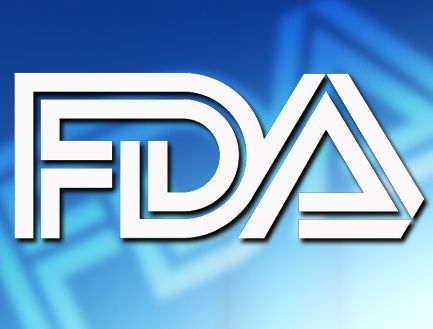A new set of FDA guidelines aims to safeguard consumers from honey that’s unnaturally sweet.
 Many people aren’t aware that products sold as “honey” may contain added fillers or sweeteners, including corn syrup. Because honey blends are typically cheaper than the pure stuff, they’re an easy choice for price-conscious shoppers – who may not recognize that what they’re buying isn’t really just honey.
Many people aren’t aware that products sold as “honey” may contain added fillers or sweeteners, including corn syrup. Because honey blends are typically cheaper than the pure stuff, they’re an easy choice for price-conscious shoppers – who may not recognize that what they’re buying isn’t really just honey.
Proponents of the FDA’s new labeling standards believe that clearer packaging will support consumers in making more informed decisions about their food purchases.
In an effort to curb false advertising, the federal agency issued a draft guidance that outlines the proper labeling of all honey products. The new requirements explicitly distinguish pure honey from honey with additives, a clarification the FDA hopes will “ensure that honey and honey products are not adulterated or misbranded.”
Previously, food manufacturers could apply the term “honey” to products containing fillers such as sugar, corn syrup, or other sweeteners. But the FDA’s new mandates, presented last spring, call for clear-cut ingredient listings.
Under the current guidelines, FDA defines honey as, “a thick, sweet, syrupy substance that bees make as food from the nectar of flowers and store in honeycombs.” Manufactures must now label products as honey “blends” if they include anything other than pure honey produced by bees.
Discouraging Adulteration
Descriptions like “blend of honey and sugar” or “blend of honey and corn syrup” are offered as appropriate examples. Only single-ingredient products can be labeled as “honey” without requiring further clarification.
The mandate has been a long time coming. Petitioners from the American Beekeeping Federation and several other honey-related associations first urged the FDA to adopt national standards for honey labels in 2006. They argued that rigorous labeling requirements would discourage adulteration and promote honesty in the food industry, especially where pure honey is used as an ingredient in other foods. Standardization would also help shoppers identify differences across the spectrum of honey product types.
Under the new guidance, the FDA will consider any honey product “adulterated” if it contains any other sweetener or flavoring and if these ingredients are not disclosed on the product label.
“Honey is considered a more valuable food than a food that contains both honey and sugar (likewise, a food that contains both honey and corn syrup),” say the guidelines, which permit the agency to take enforcement action against companies that sell adulterated, misbranded or improperly labeled products.
While sugar-filled substitutes can be less expensive than unadulterated honey, the myriad health benefits of the latter make it worth the extra cost. For thousands of years, indigenous peoples have recognized the vast nutritional and medicinal benefits of honey. It has been used across the world as a remedy for allergies, insomnia, pain, cough, throat ailments, burns, and other skin wounds (Eteraf-Oskouei & Najafi. Iran J Basic Med Sci. 2013; 16(6): 731–742).
Though slightly higher in calories than white sugar, pure honey is a natural source of many nutrients that can’t be found in refined sweeteners. Its vitamin profile includes ascorbic acid, pantothenic acid, niacin, and riboflavin; it’s also a rich source of minerals including as copper, calcium, iron, magnesium, manganese, potassium, zinc, and phosphorous (Ajibola et al. Nutr & Met. 2012; 9:61).
Also setting honey apart from other sugary alternatives are its natural anti-inflammatory properties. Raw honey is a great source of flavonoids and other polyphenols, which may function as antioxidants that help combat inflammation.
END







